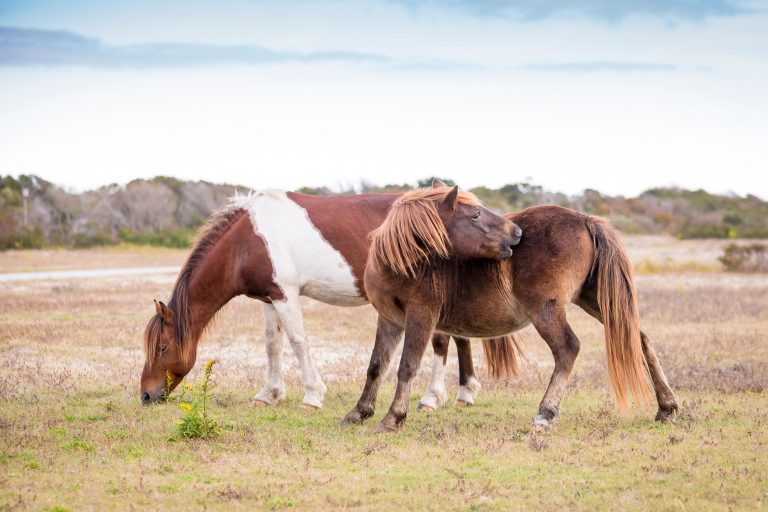Allergy in horses
Pathogenesis of horse allergy
Overall, the veterinary field has not studied the pathogenesis of horse allergy in enough detail to clarify the underlying mechanisms. However, it is known that immunological reactions (IBH or atopy) are triggered when an allergen-specific IgE antibody on a mast cell binds to an antigen. Potentially inflammatory mediators and cytokines are released, resulting in allergy symptoms. IBH and atopy are both IgE-mediated (immediate type I), but type-IV hypersensitivity (delayed T-cell-mediated) reactions may also be involved.

Prevalence, onset and predisposition
As Culicoides and other insects are not present in every region, the prevalence of IBH-affected horses ranges from zero to 71%. The prevalence of horses with atopy is unknown.
The average age of onset for IBH and atopy varies from 1 year to 6 years. Hereditary predisposition may have an important role in both conditions. IBH may occur in every breed, but Welsh, Shetland and Connemara ponies, and Friesian, German Shire, Arabian, Quarter and imported Icelandic horses seem to be affected more often.
Atopy-predisposed breeds are Thoroughbreds, Quarter horses, Warmbloods, Arabians and Morgans. Males seem to be almost twice as likely to have atopy as mares.

Clinical symptoms
The clinical symptoms of IBH and atopy can overlap, with pruritus as the primary symptom. Some horses are affected by both conditions simultaneously. – Read more about symptoms.
Diagnosis
At present, the definitive diagnosis of IBH and atopy is based on the history (seasonality, recurrence and response to insect control), physical examination, and exclusion of other pruritic skin diseases such as ectoparasites, bacterial, yeast or fungal infections, food and contact allergy. – Read more about diagnosis
NextEQuine Serum Test
When the presence of IBH or atopy has been established, NextEQ Serum Test can be performed to identify the responsible allergens. – Read more about NextEQ serum test or order here
Key facts about IBH and atopy
- Insect-bite hypersensitivity and atopy are the most common type of allergies in horses.
- Pruritus is present and can lead to severe and recurrent infections.
- Identifying the responsible allergens is crucial, as is the use of a high-quality, specific and sensitive IgE serum test.
- Requires lifelong treatment and the recommended treatment is immunotherapy.
- Artuvetrin® Therapy is the only licensed immunotherapy in Europe, and is the recommended product for horses in accordance with European medicines regulations (Directive 2004/28/EC).